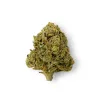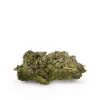Borneol, a terpene with a unique aroma and potential therapeutic properties, has been drawing attention in the realm of natural compounds.
In this article, we delve into the frequently asked questions about borneol, its diverse effects, and its presence in various botanical sources. From its molecular structure to its potential impacts on health and well-being, we'll uncover the essential aspects of this intriguing compound.
What is the Borneol Terpene?
Borneol is a bicyclic monoterpenoid alcohol that is commonly found in the essential oils of specific plants, particularly aromatic herbs, and trees. It has a characteristic fresh, camphoraceous, and slightly minty aroma.
Borneol is prevalent in various botanical sources, including camphor, thyme, sage, and other plants.
Borneol also has potential benefits for heart health, neuroprotection, and its ability to enhance the effects of other drugs through its interaction with the blood-brain barrier.
While it is not responsible for creating mind-altering effects on its own, borneol, like other terpenes, contributes to the entourage effect in cannabis by enhancing the overall therapeutic benefits and psychoactive profile of the plant.
What Does Borneol Do?
Borneol offers a diverse array of beneficial attributes. Its anti-inflammatory and analgesic properties make it an effective remedy for conditions like arthritis and pain relief. In traditional Chinese medicine, it has been utilized to address respiratory issues due to its capacity to reduce lung inflammation and enhance function.
Moreover, its ability to amplify the effects of certain compounds, like cannabinoids, due to enhanced blood-brain barrier permeability contributes to the entourage effect observed in cannabis.
The compound's aromatic qualities have also found use in perfumes, essential oils, and fragrances. However, further research is essential to unlock the full scope of borneol's mechanisms and applications in diverse health contexts.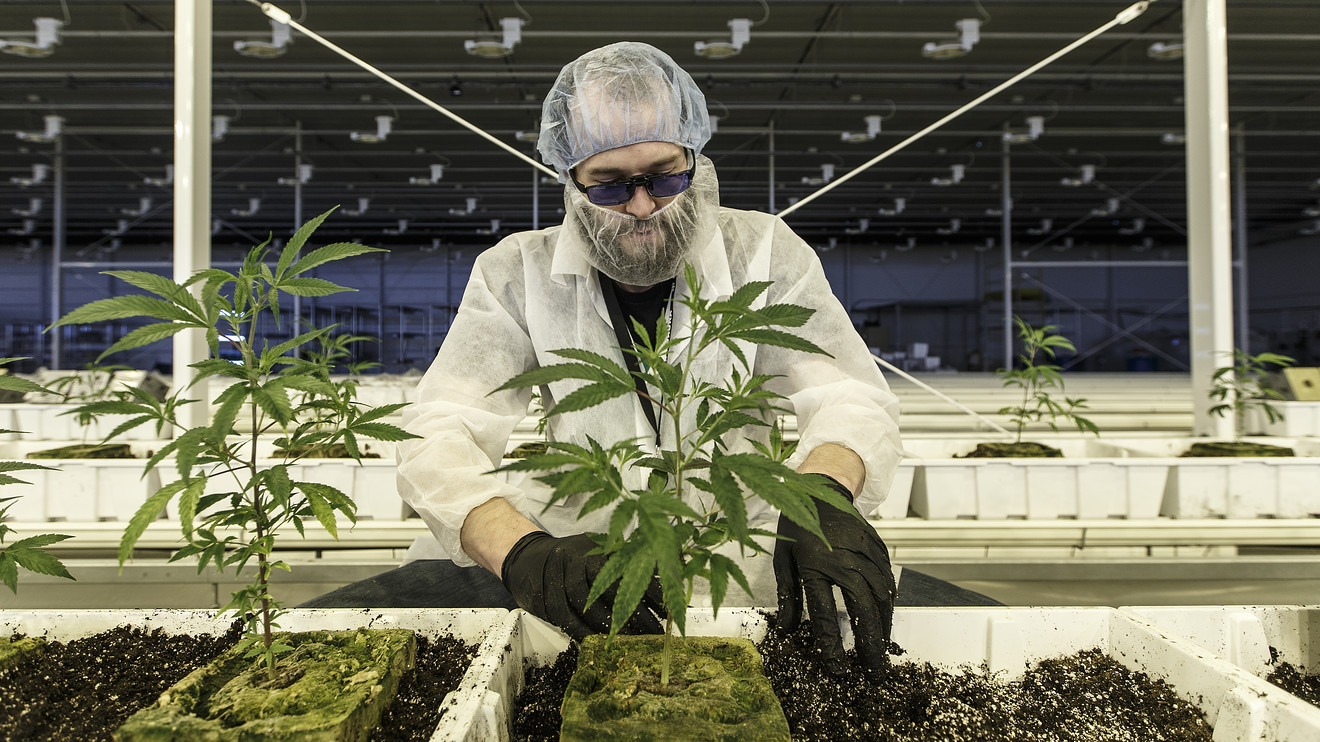
Role and Effects of the Borneol Terpene
Borneol plays multifaceted roles as an aromatic compound, showcasing potential therapeutic properties that have garnered significant attention. This bicyclic monoterpenoid alcohol, found in various plants including cannabis, offers a distinctive scent that contributes to the olfactory experience of different products.
Beyond its aroma, borneol exhibits potential therapeutic effects that encompass relaxation, pain relief, and even potential antimicrobial attributes.
In terms of relaxation, borneol's presence in certain strains of cannabis is associated with reported reductions in stress and fatigue, without inducing excessive sedation. This points to its interaction with the endocannabinoid system, which plays a pivotal role in regulating mood and stress responses.
Additionally, borneol's analgesic properties make it a candidate for pain management, with studies demonstrating its potential to alleviate both inflammatory and neuropathic pain.
In essence, borneol interacts intricately with the body's systems, contributing to a spectrum of well-being aspects. From its potential to facilitate relaxation and pain relief to its historical roles in repelling insects and potential antimicrobial applications, borneol offers a multifunctional profile.
As ongoing research unveils more about its mechanisms and effects, borneol may continue to inspire applications in both traditional and modern wellness contexts.
Some benefits of the borneol terpene are:
-
Relaxation and stress reduction
-
Pain relief, including inflammatory and neuropathic pain
-
Potential antimicrobial properties
-
Support for respiratory health
-
Enhancement of blood circulation
-
Neuroprotective effects
-
Possible anticancer properties
-
Topical pain relief
Borneol in Nature and Botanical Sources
Borneol is naturally occurring in a range of botanical sources, reflecting its ubiquity in the plant world. It can be found in various aromatic herbs, spices, and trees, each contributing to the rich tapestry of scents and flavors found in nature.
Borneol is present in numerous aromatic herbs, adding to their distinctive fragrances. Plants like rosemary, thyme, and sage contain borneol, enhancing their aromatic profiles and potentially offering health benefits through their essential oils.
Certain tree species also contain borneol. For instance, camphor trees and some teak family members, such as dryobalanops aromatica, are known sources of this terpene. Traditional practices of tapping trees to extract borneol highlight its historical importance.
Borneol's presence in these diverse botanical sources has led to its utilization in traditional medicine and aromatic applications. Its inclusion in herbal remedies and essential oils demonstrates its historical significance in promoting well-being and sensory experiences.
Diverse Plant Sources of Borneol: Variability and Applications
Borneol can be found in various plants, but its concentration can vary depending on the species and even the specific cultivar of the plant. Some plants that are known to contain relatively higher levels of borneol include:
|
Type |
Description |
Additional Information |
|---|---|---|
|
Dryobalanops aromatica |
Dipterocarpaceae family tree that produces camphor and borneol |
Native to Southeast Asia |
|
Blumea balsamifera |
Asteraceae herb that contains borneol |
Grown across Southeast Asia |
|
Cinnamonum camphora |
Evergreen tree that produces camphor and borneol |
Native to China and Japan |
|
Matricaria recutita |
Asteraceae plant that contains borneol |
Also known as German chamomile |
|
Valeriana officinalis |
Flowering plant that contains borneol |
Grown in Europe and Asia |
What is Borneol in Weed?
In the context of cannabis, borneol is one of the many terpenes that contribute to the plant's aroma, flavor, and potential therapeutic effects. Terpenes are aromatic compounds found in various plants, including cannabis, and they play a crucial role in creating the diverse profiles of different cannabis strains.
Borneol is a bicyclic monoterpenoid alcohol that imparts a unique scent and potential benefits to certain cannabis varieties. Like other terpenes, borneol is believed to have potential therapeutic properties when consumed as part of the entourage effect in cannabis.
This effect suggests that the combination of cannabinoids (like THC and CBD) and terpenes (like borneol) creates synergistic effects, enhancing the overall benefits and potential effects of the plant.
Strains containing higher levels of borneol are often associated with reported effects such as relaxation, stress reduction, and mild pain relief. Borneol's interaction with the body's endocannabinoid system, as well as its potential to enhance the permeability of the blood-brain barrier, can contribute to these effects.
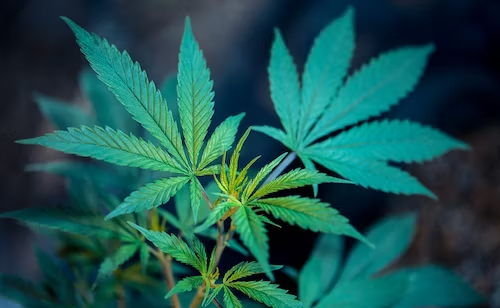
Is Borneol Polar or Non-Polar?
Borneol, with a molecular formula of C10H18O and a molecular weight of 154.25 g/mol, is a naturally occurring bicyclic monoterpenoid alcohol. Its chemical structure consists of various atoms bonded together, giving rise to its distinct properties.
Based on its chemical composition and the information provided, we can determine whether borneol is polar or non-polar.
Given that borneol is described as slightly denser than water and insoluble in water, these characteristics suggest that it is less likely to be a polar molecule. Polar molecules tend to interact more readily with water due to their partial charges, while non-polar molecules are less likely to dissolve in water.
Additionally, the presence of a "sharp camphor-like odor" in borneol's description might indicate that it has certain hydrophobic properties, further suggesting non-polarity. Based on these characteristics, we can assume that borneol is non-polar.
Is Borneol Safe?
Borneol has a history of traditional use and a growing body of scientific research highlighting its potential benefits. However, like any natural compound, the safety of borneol requires careful consideration, particularly in terms of usage and potential risks.
In isolated high amounts, borneol can lead to adverse effects such as skin and respiratory irritation, headaches, nausea, dizziness, and light-headedness. Extreme exposure, including ingestion, can result in more severe symptoms like restlessness, agitation, seizures, and even toxicity.
In moderation and when used as intended, however, borneol appears to be safe for most individuals. Its long history of use in traditional medicine, coupled with its potential therapeutic benefits, suggests that it can contribute positively to well-being.
Health Benefits of Borneol
Borneol has demonstrated significant potential in supporting respiratory health. It is particularly valued for its ability to reduce inflammation in the lungs by targeting inflammatory cytokines and inhibiting inflammatory infiltration.
One of the most promising aspects of borneol is its potential anticancer properties. Studies have shown that borneol can enhance the action of Selenocysteine (SeC), a compound associated with triggering programmed cell death (apoptosis) in cancer cells. This suggests that borneol may play a role in inhibiting cancer growth and spread, making it an exciting avenue for cancer research.
Borneol's analgesic properties make it a valuable candidate for pain relief. It blocks specific ion channels that promote pain and inflammation, offering a potential solution for conditions like rheumatoid arthritis. Its anti-inflammatory effects further contribute to its pain-relieving qualities, making it a holistic approach to managing discomfort.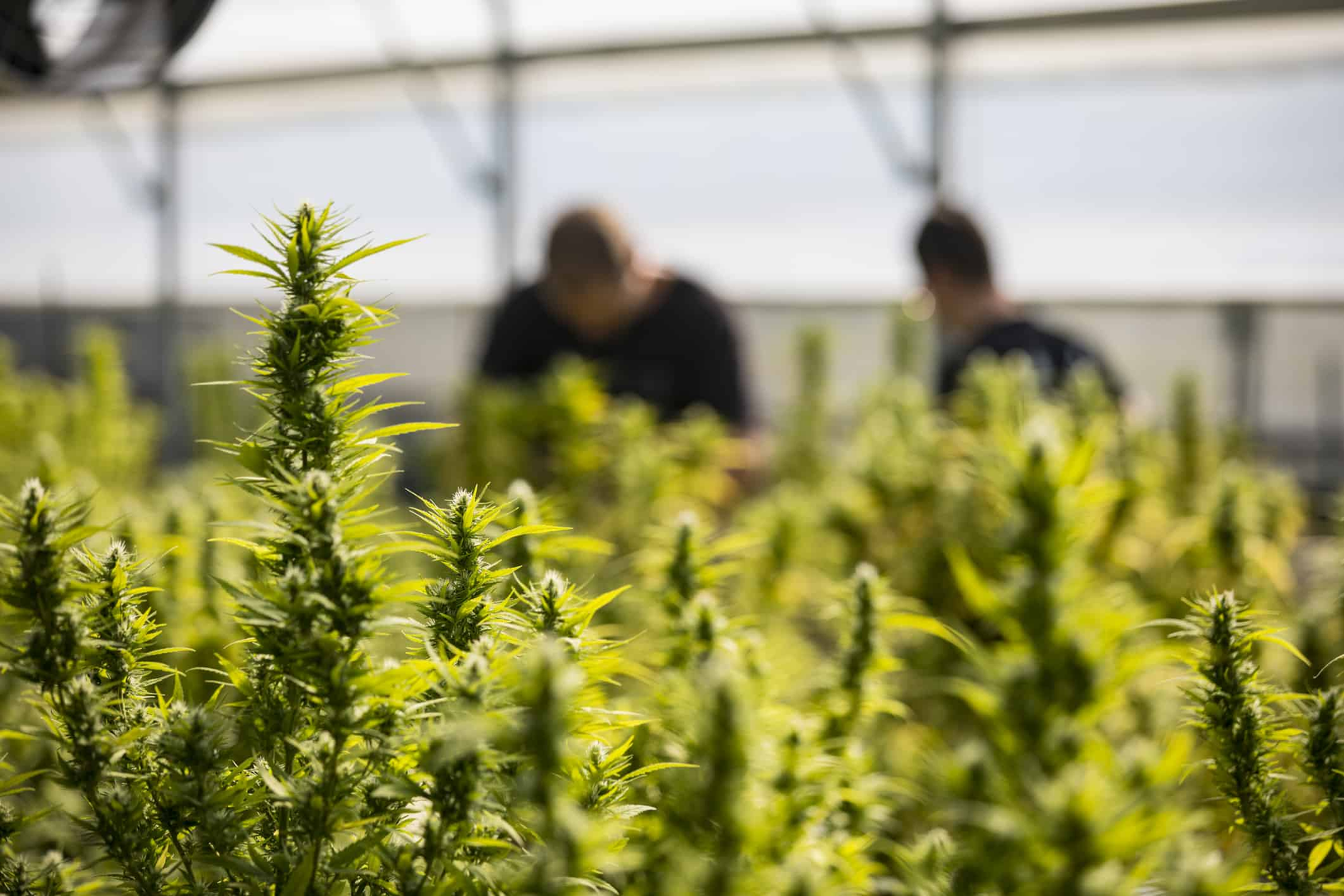
Does Borneol Cause Anxiety?
Borneol is generally not known to cause anxiety on its own. In fact, some individuals even report that strains of cannabis with higher levels of borneol can help reduce stress and anxiety. However, like any compound, individual responses can vary, and there are certain factors to consider.
Borneol is often consumed along with other terpenes and cannabinoids in cannabis. The combination of these compounds can create what's known as the entourage effect, where their synergistic interactions produce a range of effects.
While borneol itself may not directly cause anxiety, the overall composition of the strain and the interplay of its components can influence how an individual feels.
Each person's body reacts differently to various compounds. While some may find that borneol-rich strains help alleviate stress and anxiety, others might have a different experience.
Factors like genetics, personal tolerance, and sensitivity to certain terpenes and cannabinoids can contribute to how an individual responds to specific strains.
While borneol itself is not commonly associated with causing anxiety, its effects within the context of cannabis strains can vary from person to person.
It's recommended to approach cannabis consumption mindfully, consider individual sensitivities, and choose strains that align with personal preferences and desired effects. If you’re concerned about anxiety, it's a good idea to consult with a healthcare professional before using cannabis or specific strains.
Borneol and Relaxation
Borneol has been a subject of scientific interest due to its potential therapeutic properties.
The studies focused on investigating how borneol induces vasorelaxation in isolated rat aortic rings that were previously contracted using PE (phenylephrine). The research aimed to understand the underlying mechanisms of this relaxation effect.
The findings of this study provide valuable insights into how (-)-borneol contributes to relaxation in vascular tissue. By involving nitric oxide, prostanoids, and KATP channels, (-)-borneol appears to promote vasodilation and contribute to the overall relaxation of blood vessels.
This mechanism aligns with its potential role in various health benefits, including its reported sedative, anti-inflammatory, analgesic, and antithrombotic effects.
The research highlights that (-)-borneol, a natural compound with a diverse range of effects, exerts vasorelaxant properties through intricate interactions with endothelium, nitric oxide, prostanoids, and KATP channels. Understanding how (-)-borneol promotes relaxation at a vascular level contributes to our knowledge of its potential therapeutic applications and its role in maintaining vascular health.
Aromatic Influence: How Borneol Shapes Sensory Experiences
The world of botanicals is a treasure trove of diverse scents, tastes, and experiences, all driven by the presence of aromatic compounds like borneol. The minty, camphor-like terpene plays a significant role in shaping sensory experiences and contributing to relaxation and overall well-being.
Borneol is a key player in determining the characteristic scents of various botanical sources. Found in plants such as ginger, camphor, thyme, and rosemary, as well as cannabis, borneol imparts a refreshing, minty aroma that resonates with both the natural world and human senses.
The aroma of borneol-rich botanicals has long been associated with relaxation and stress relief. The calming and soothing qualities of the minty scent can create an atmosphere of tranquility, making it a sought-after component in aromatherapy and relaxation practices.
The mere inhalation of borneol's aroma can evoke a sense of calmness, helping to alleviate tension and promote a sense of well-being.
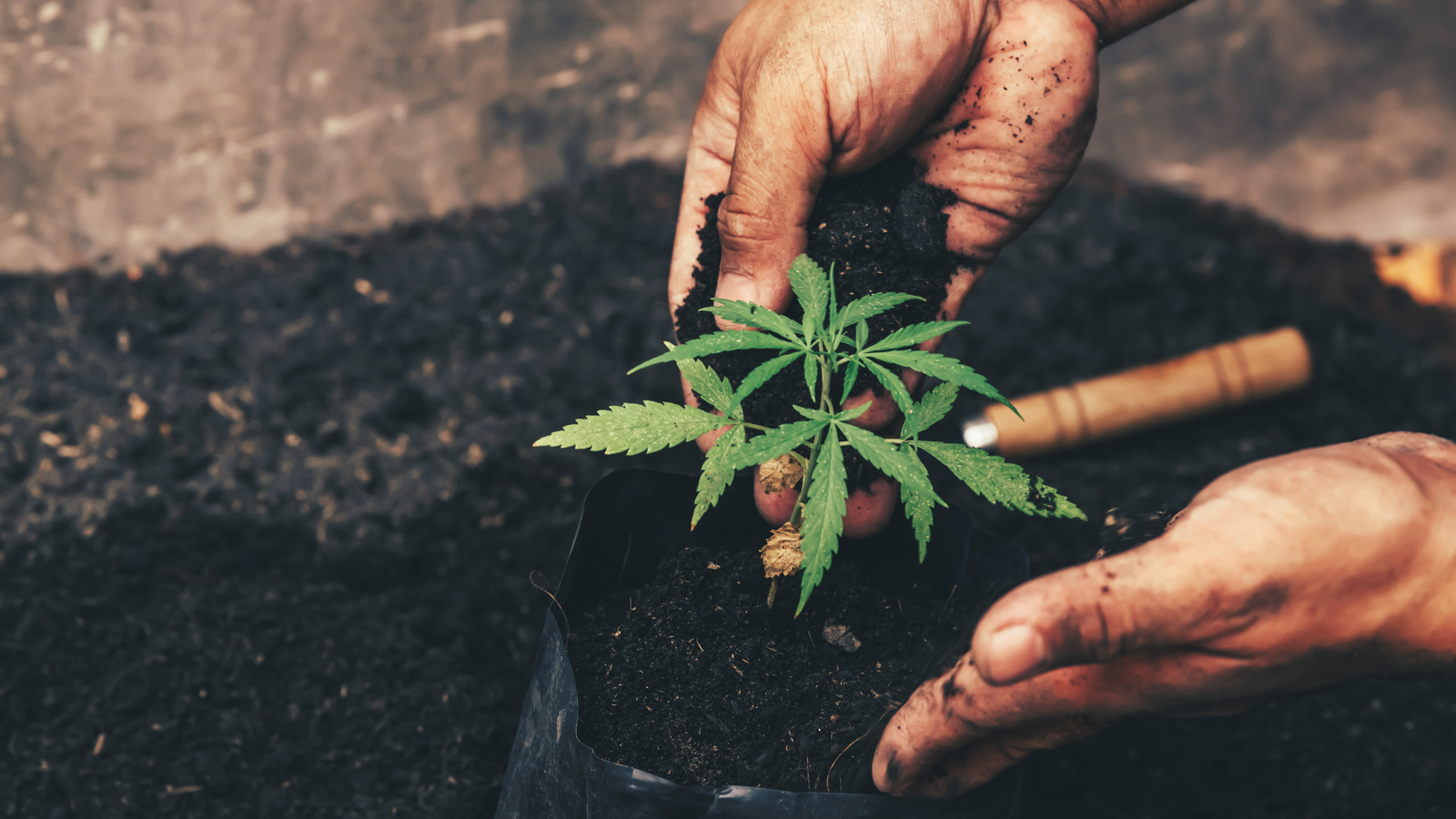
Molecular Structure: Understanding Borneol's Blueprint
Borneol's molecular structure, captured by its chemical formula C10H18O, reveals the presence of 18 hydrogen atoms (H), 10 carbon atoms (C), and 1 oxygen atom (O). This structural formula serves as a roadmap, guiding our understanding of how these atoms interact and give rise to its unique properties.
At the heart of borneol's structure lies its intricate arrangement of carbon atoms, forming various rings and functional groups. The molecule consists of one six-membered ring and two five-membered rings, contributing to its three-dimensional complexity.
Additionally, borneol features a hydroxyl (-OH) group, indicating the presence of an alcohol function, and a secondary alcohol group.
Borneol's molecular structure is a testament to nature's precision in creating compounds with diverse effects. Its intricate arrangement of carbon atoms, rings, and functional groups serves as the foundation for its aromatic aroma, potential therapeutic benefits, and ability to engage with biological systems.
Borneol Handling and Considerations
Much like consuming a whole mango in one sitting isn't advisable, it's important to exercise moderation when dealing with borneol. Excessive intake of borneol might lead to drowsiness, underscoring the significance of adhering to recommended doses.
As is the case with any natural compound, seeking guidance from your healthcare provider before elevating your borneol consumption is prudent to ensure safe usage.
Is Borneol Toxic?
The reassuring news is that borneol is generally regarded as safe for most individuals when employed appropriately. It aligns with responsible usage practices and is unlikely to pose significant toxicity concerns.
Is Borneol Flammable?
Borneol is flammable. This classification underscores the importance of avoiding exposure to open flames or high temperatures when handling borneol, ensuring its safe and controlled use.
The Bottom Line on Borneol
Borneol, a terpene with its unique camphoraceous aroma and potential health-enhancing properties, continues to intrigue researchers and wellness enthusiasts. Its presence in various plants and its potential effects on relaxation, pain relief, and well-being make it a subject of significant interest.
As our understanding of borneol advances through scientific inquiry, we uncover new dimensions of its effects and applications, showcasing its potential to enrich sensory experiences and contribute to holistic well-being.



